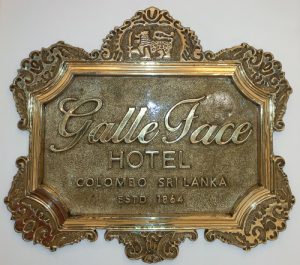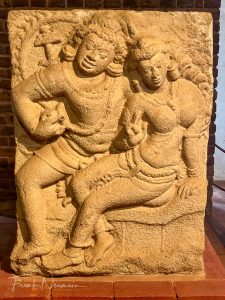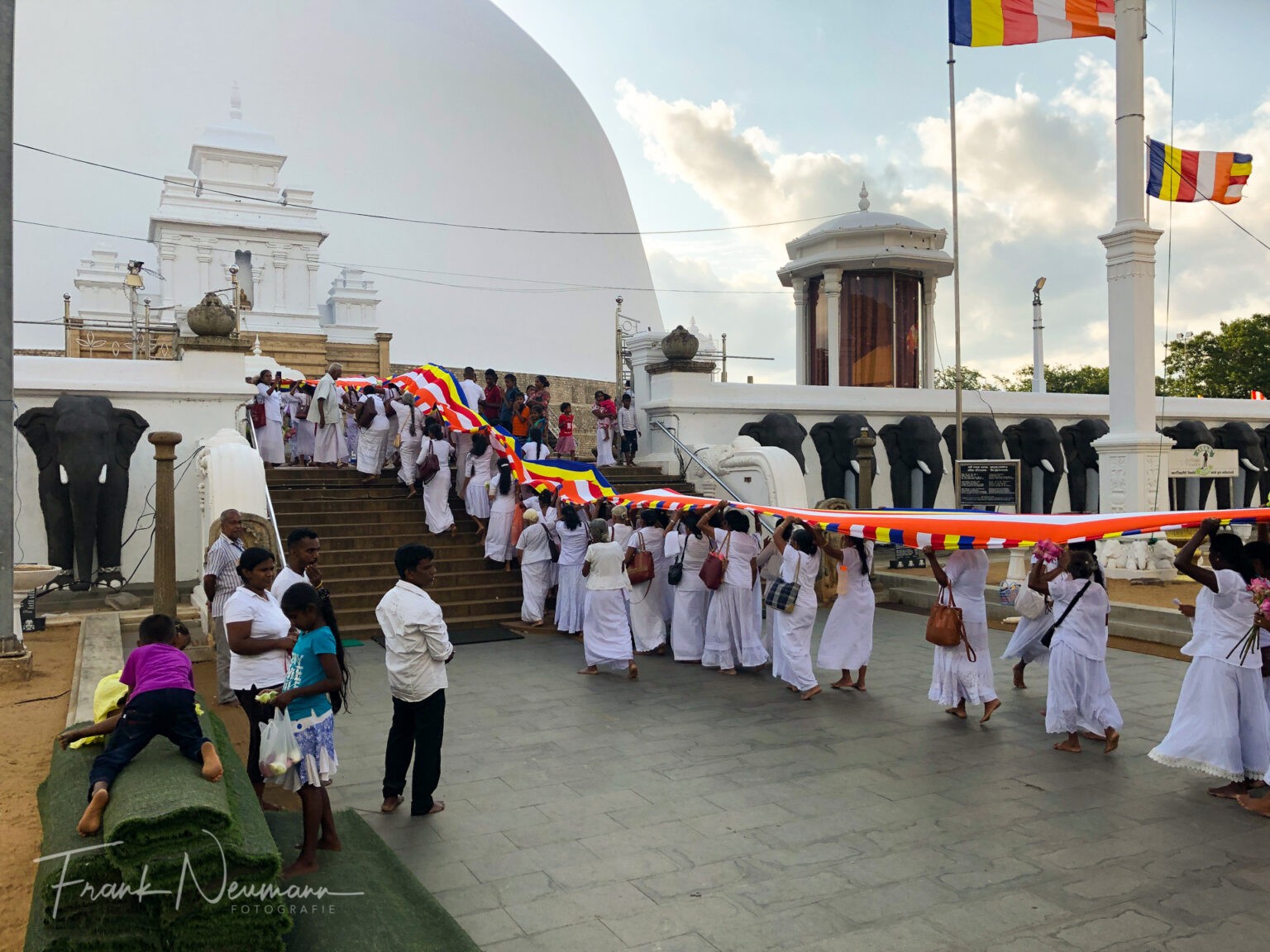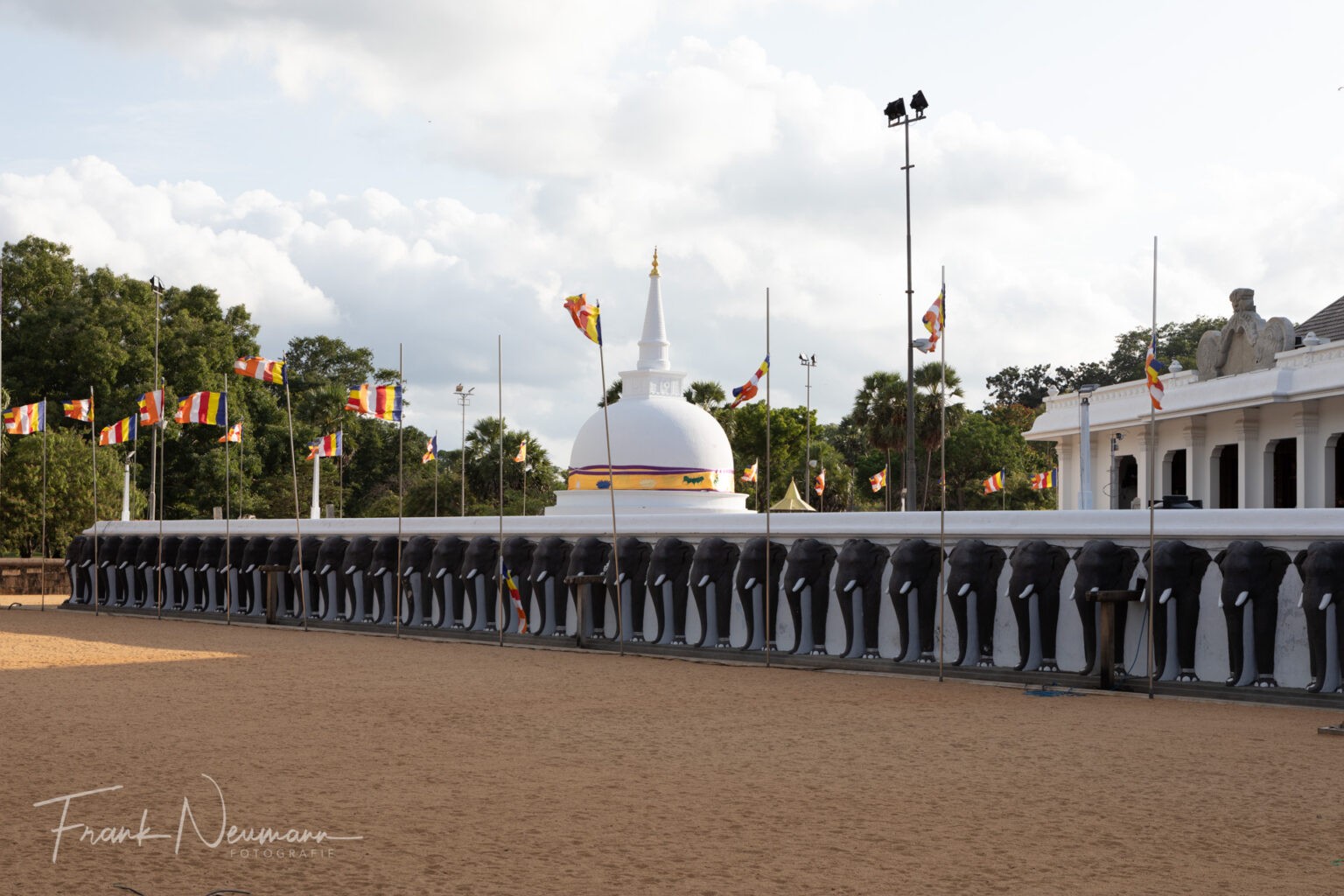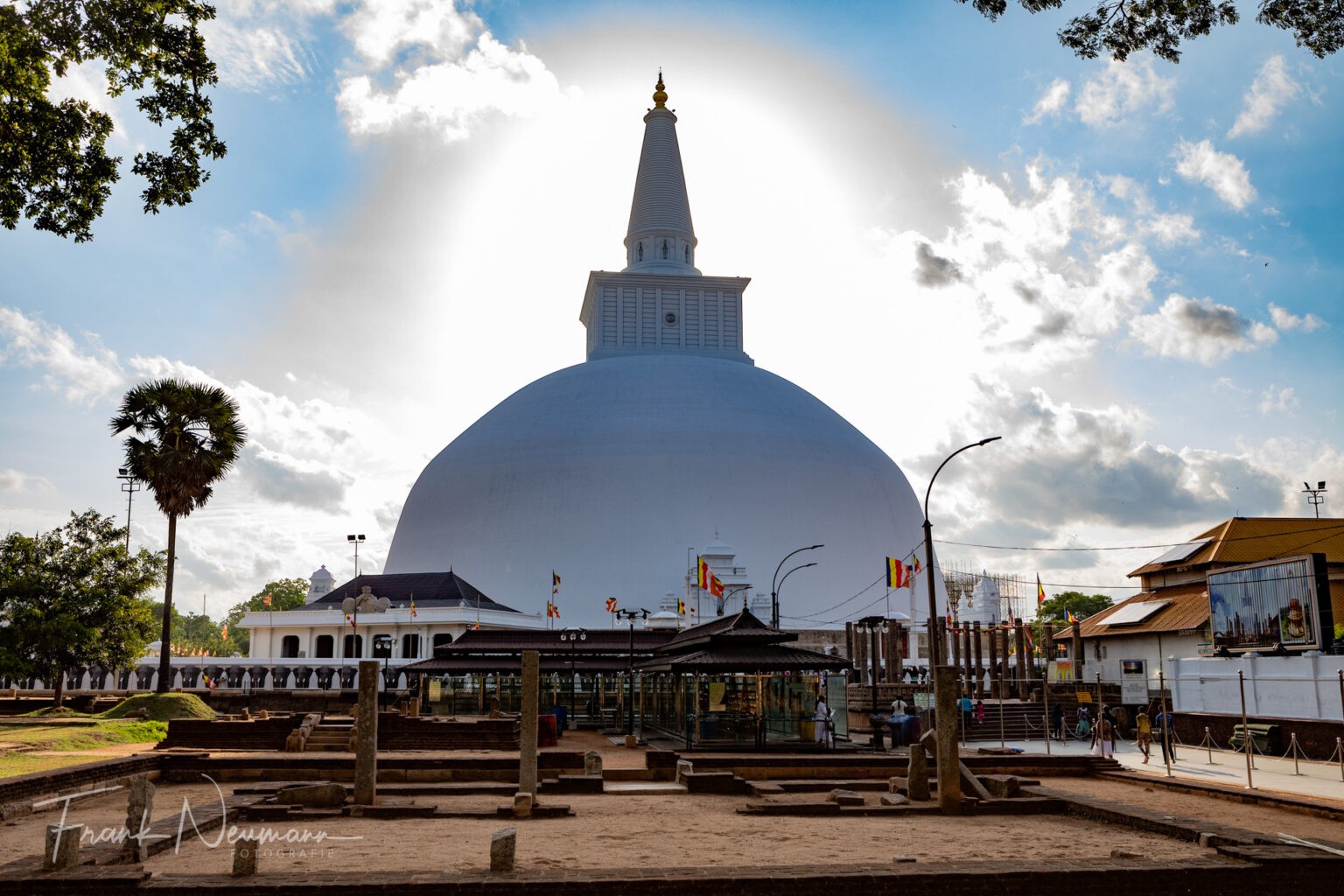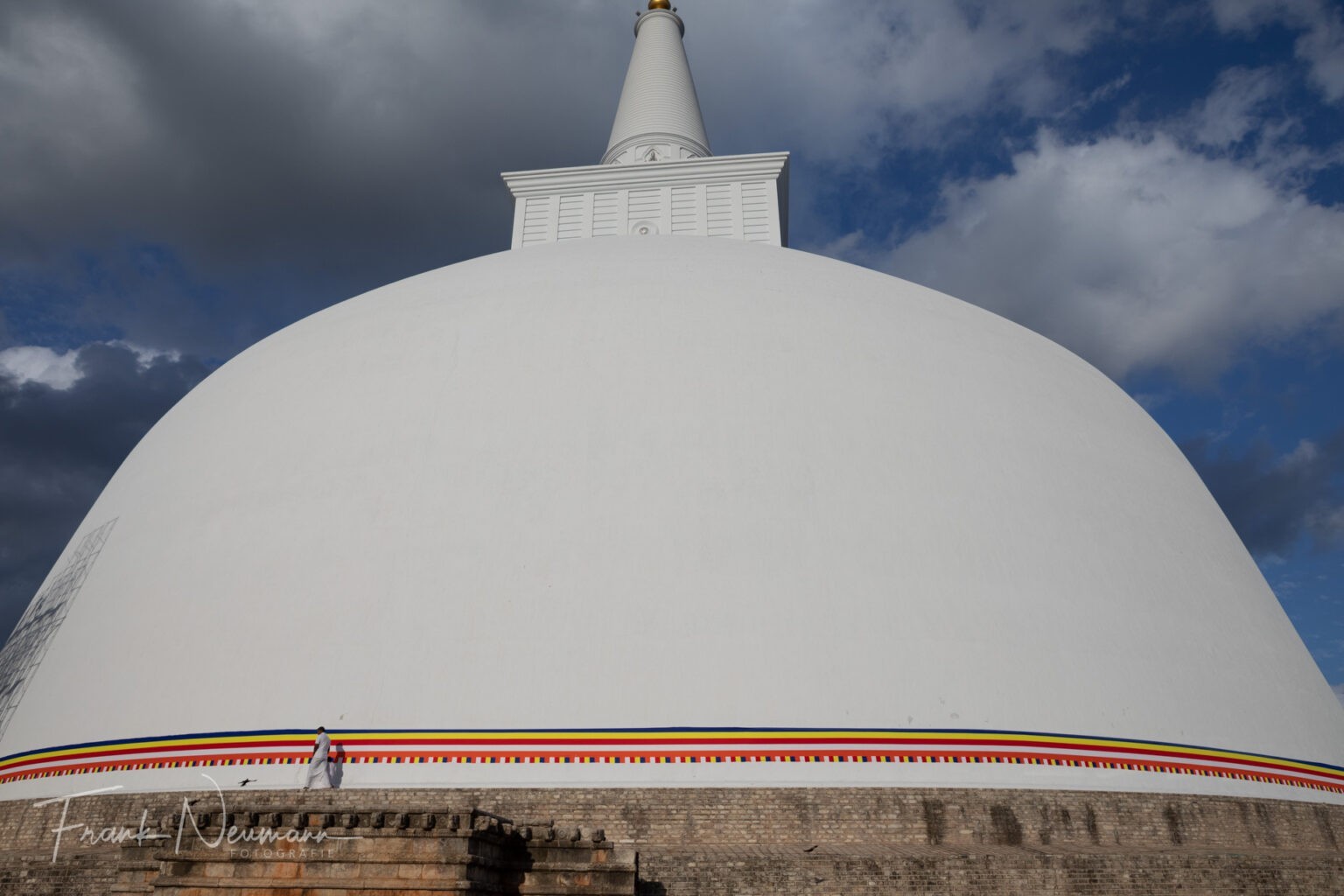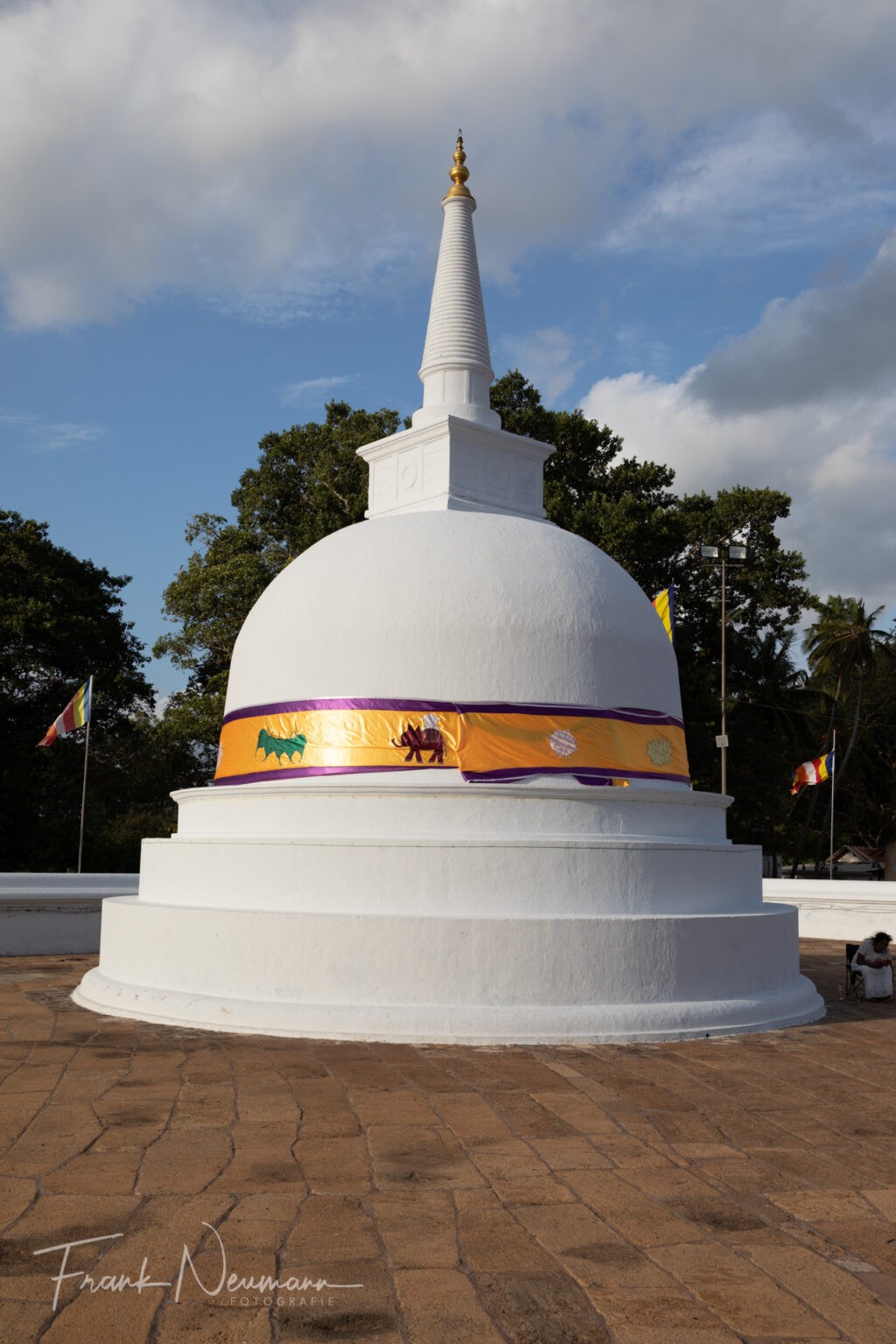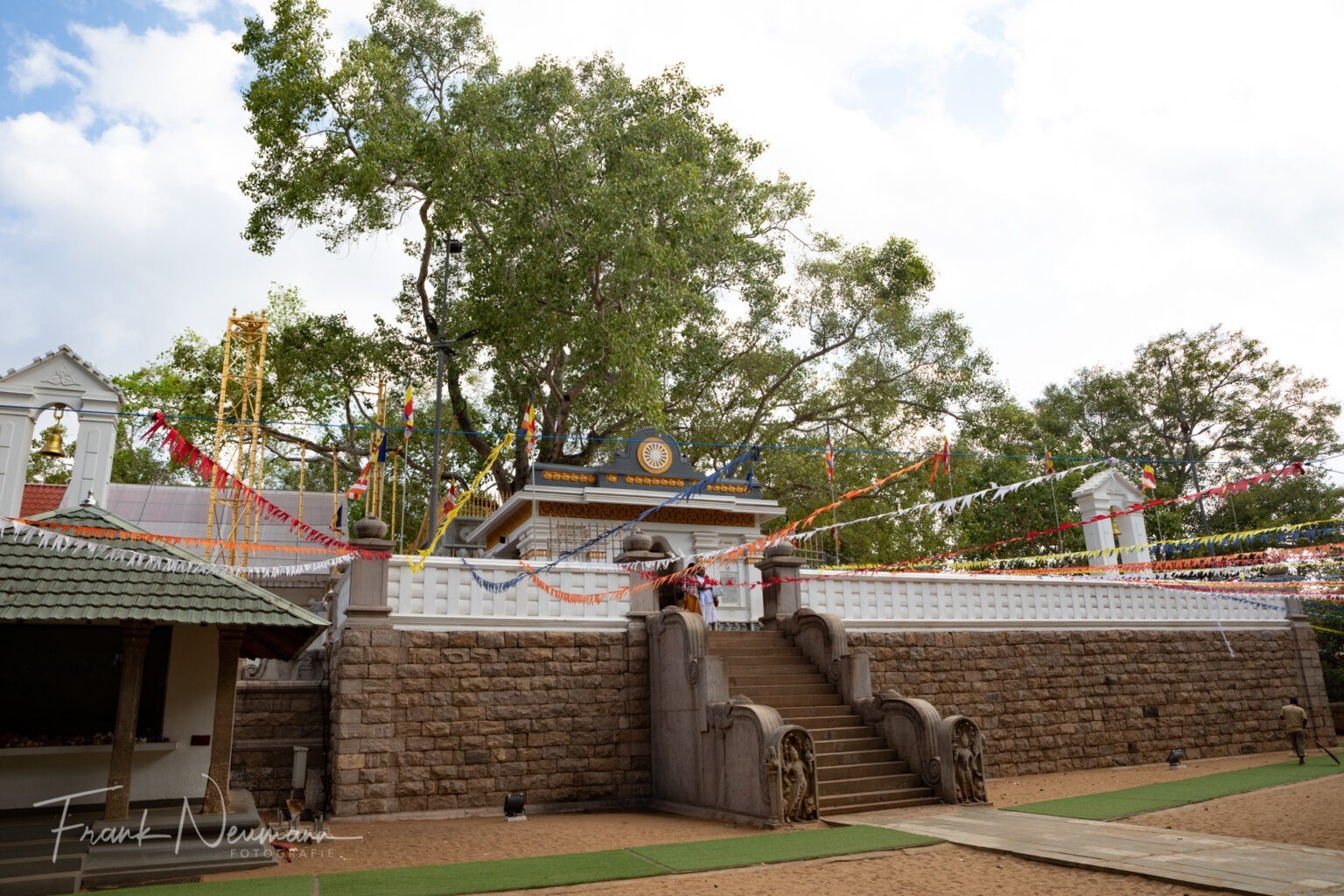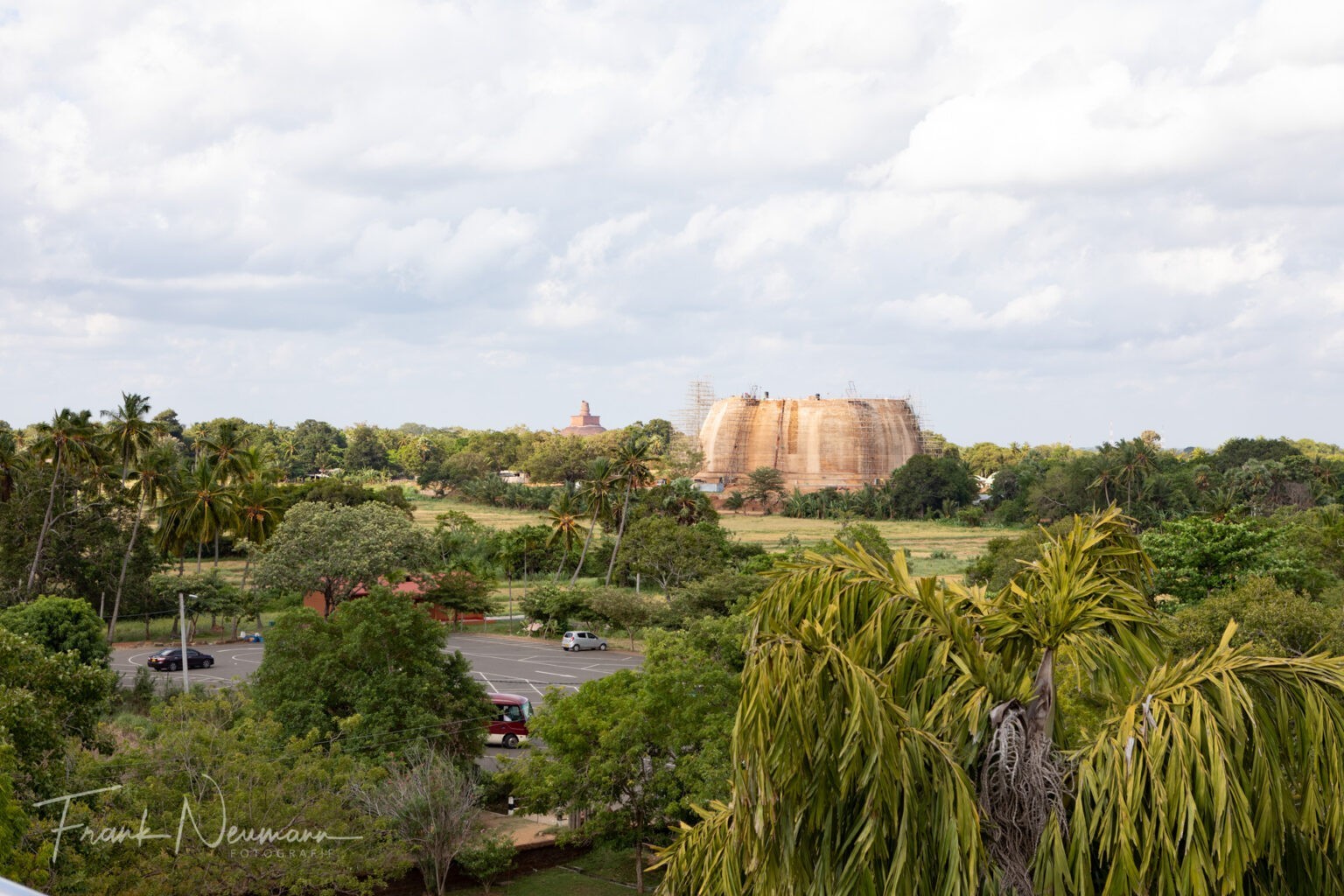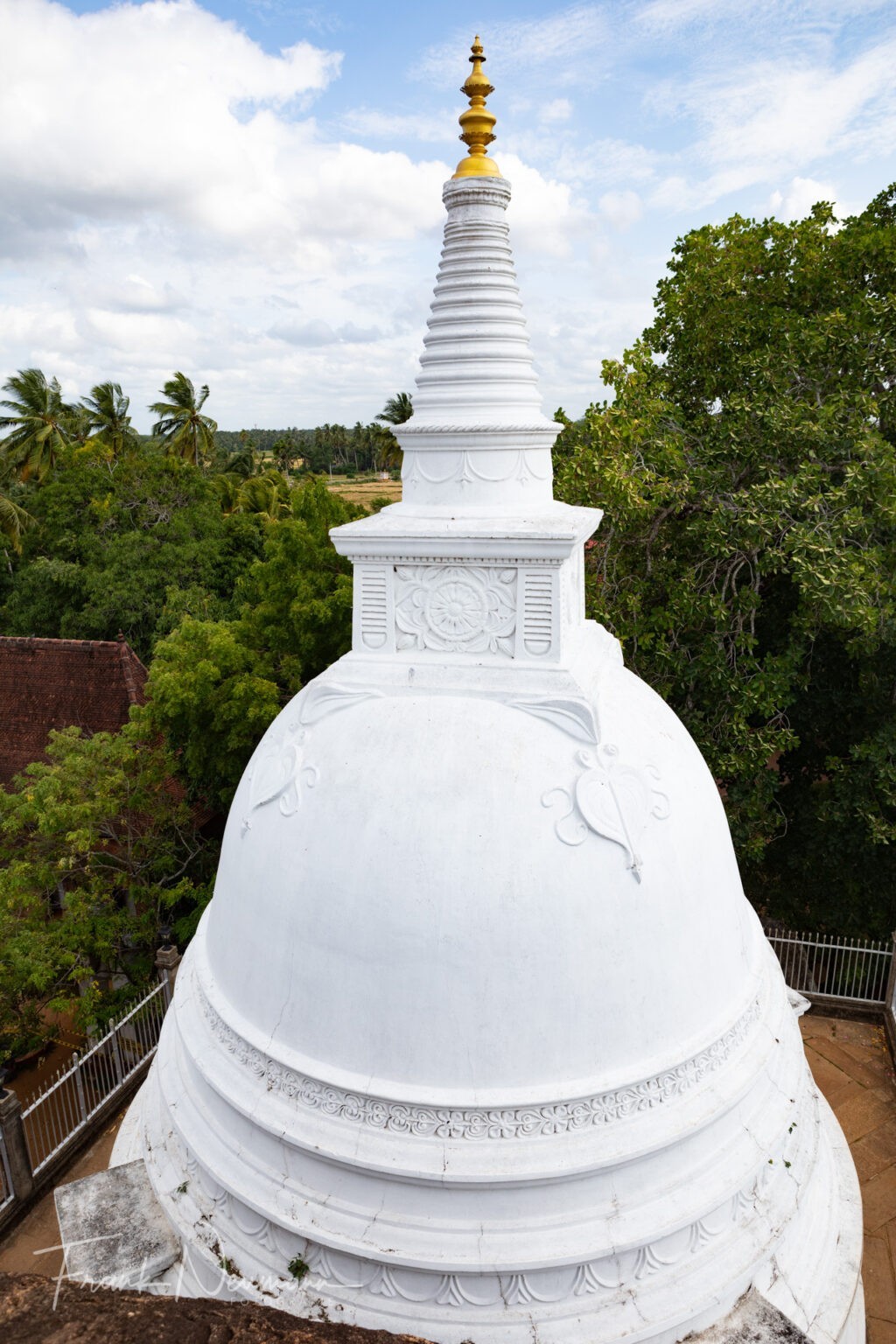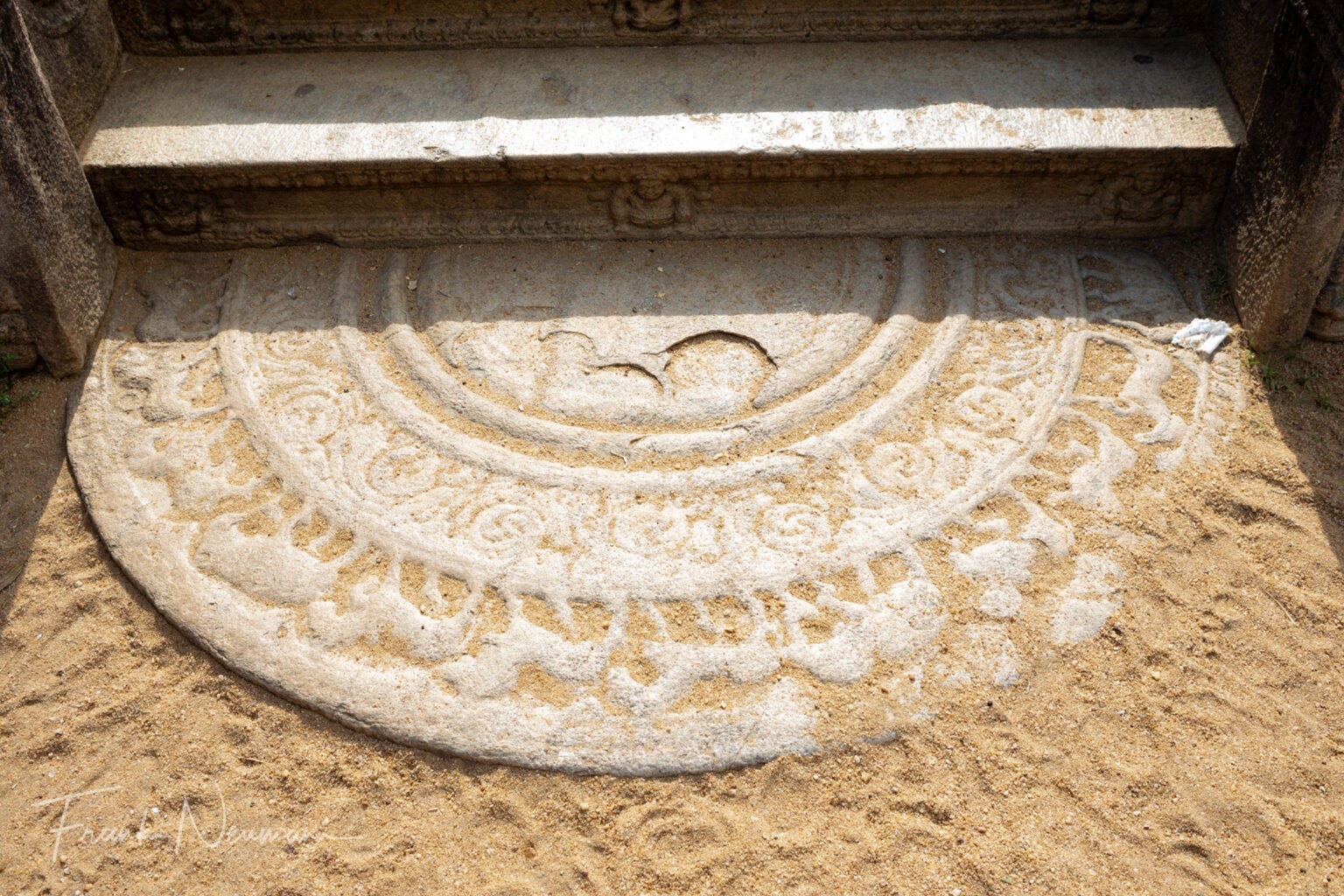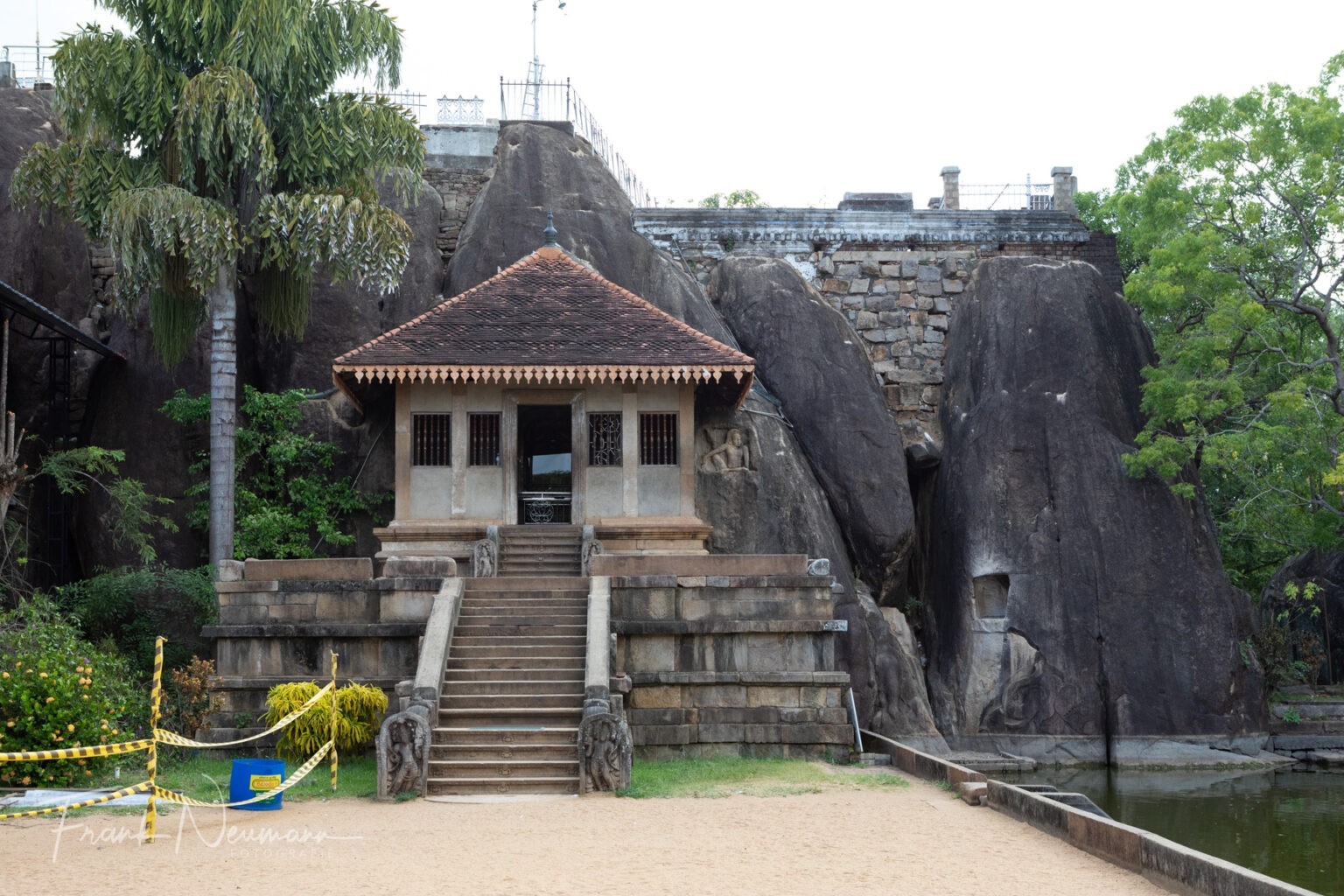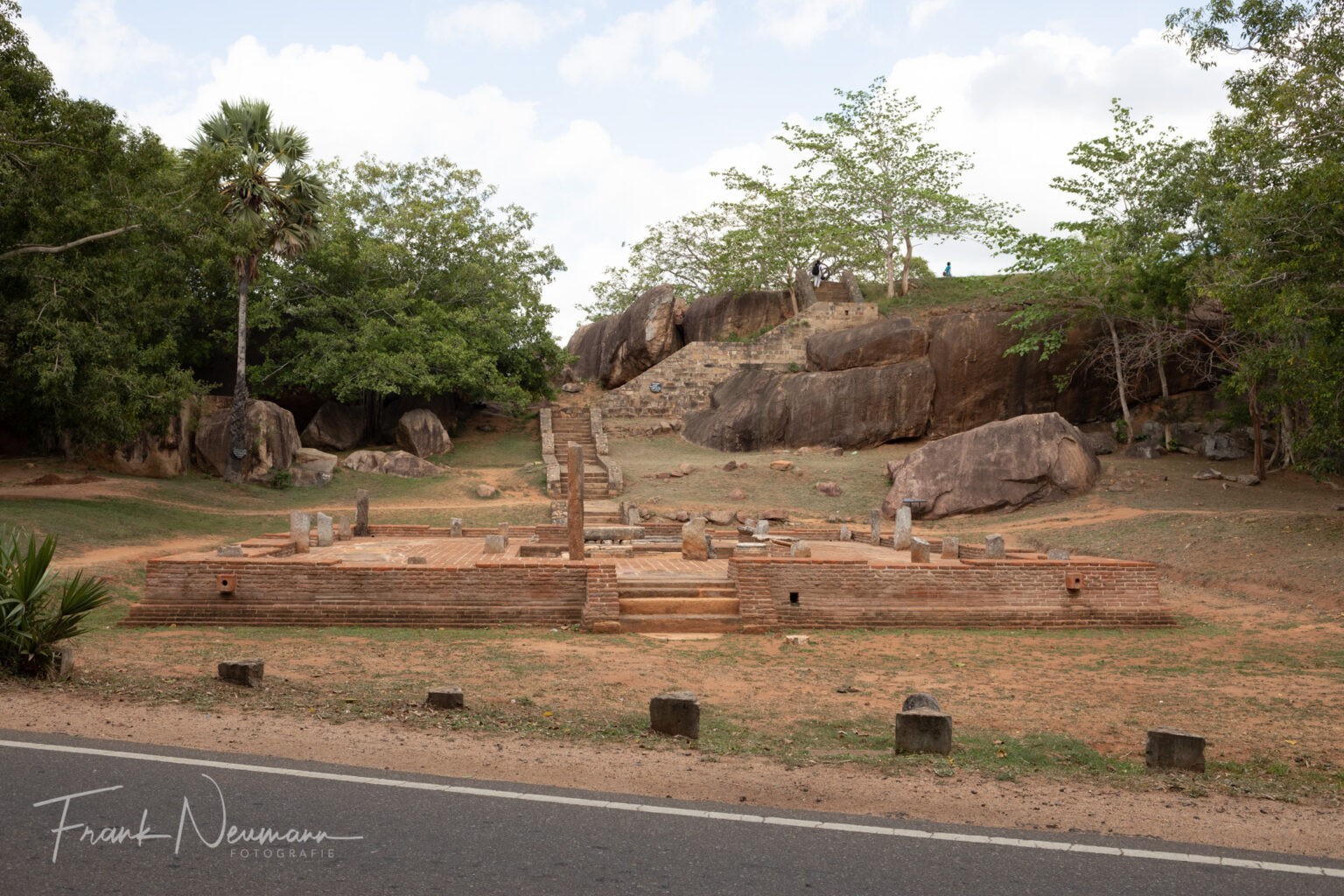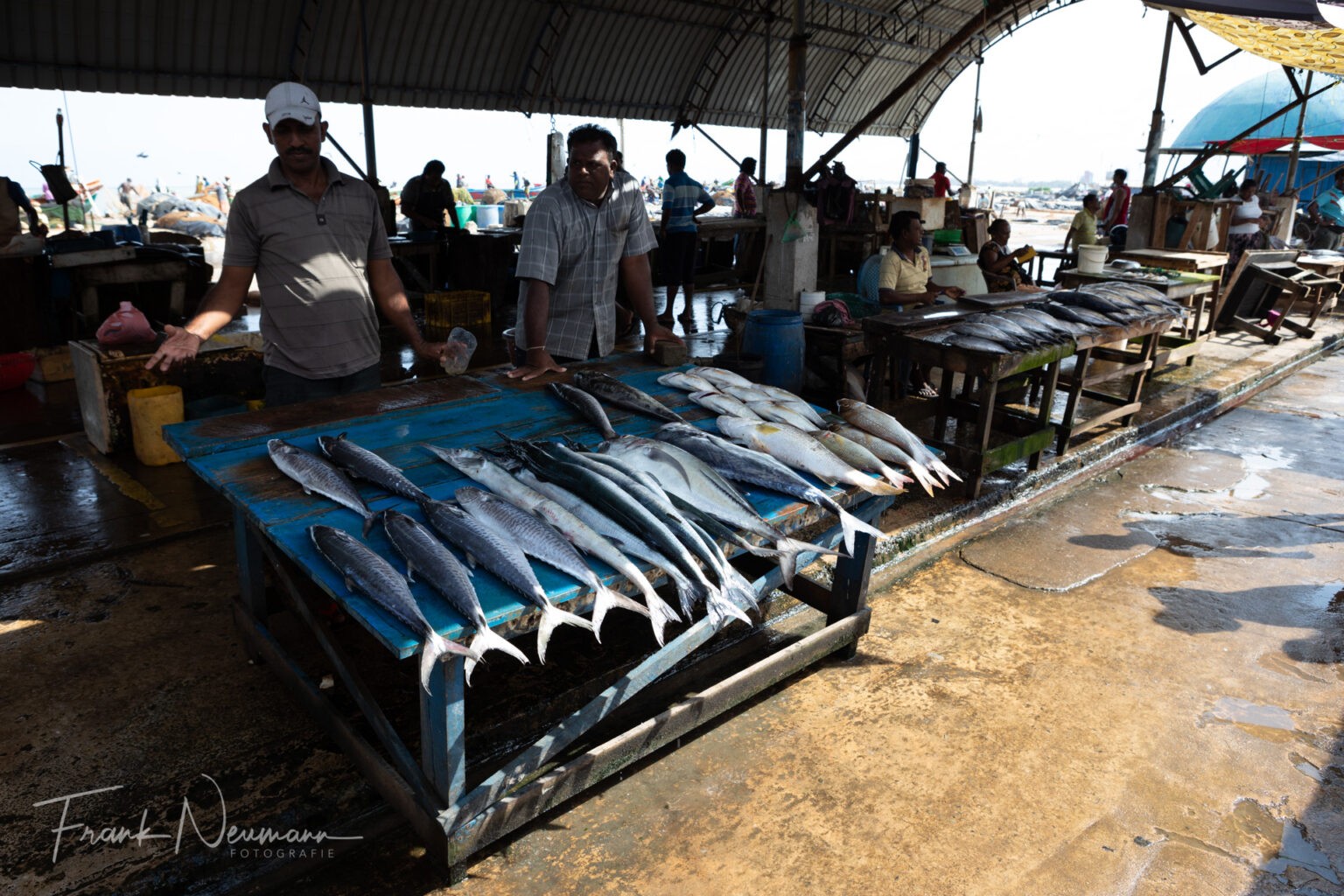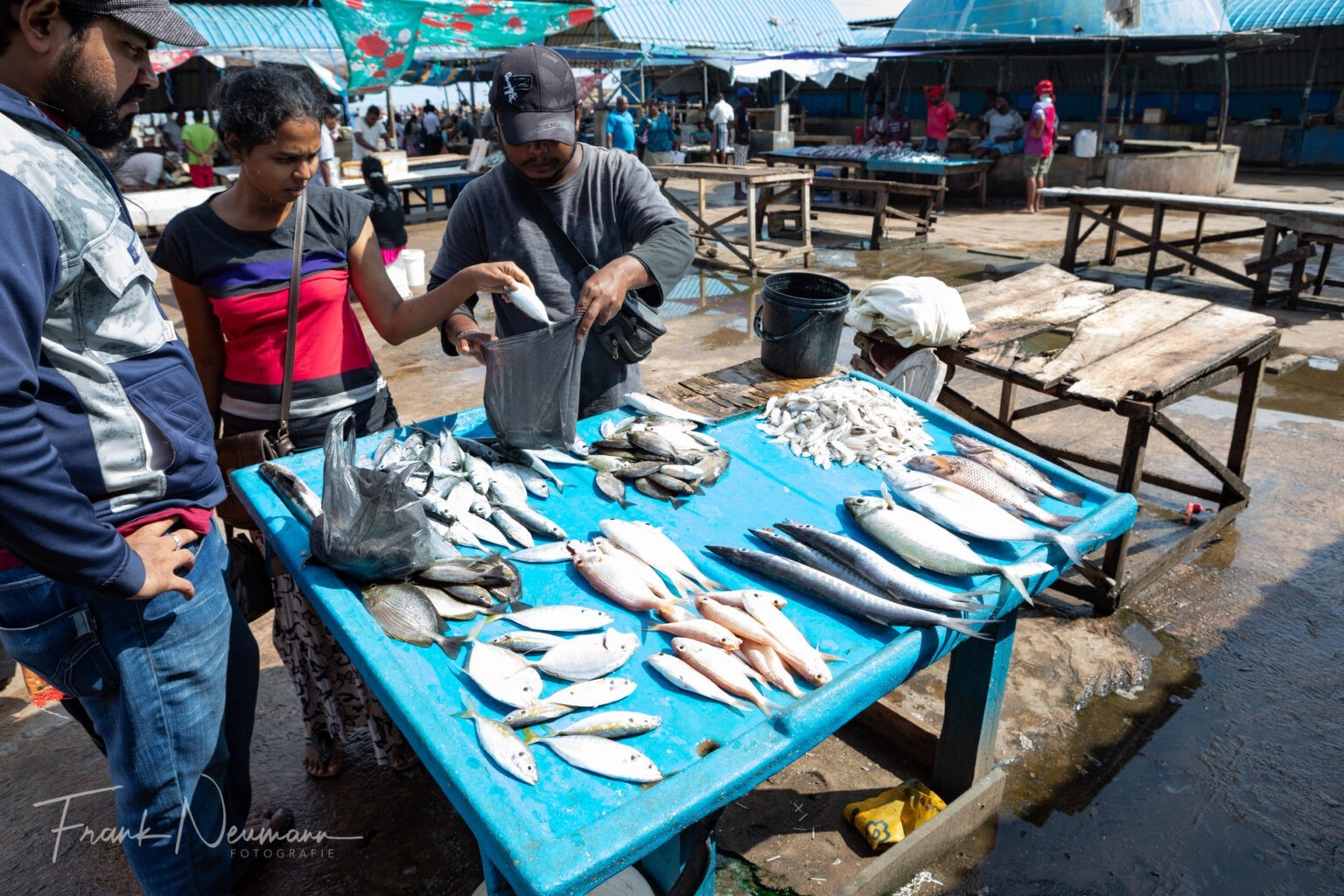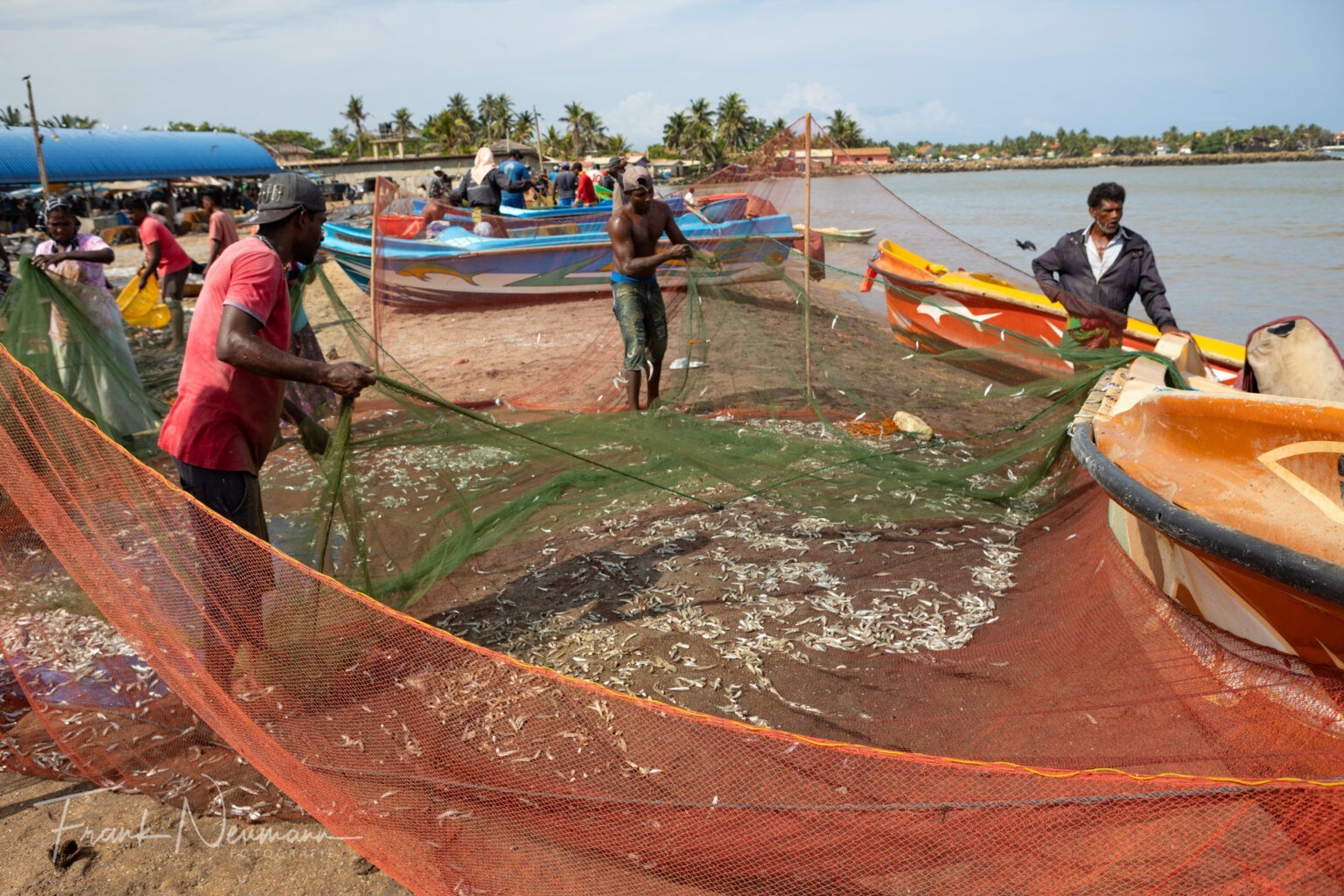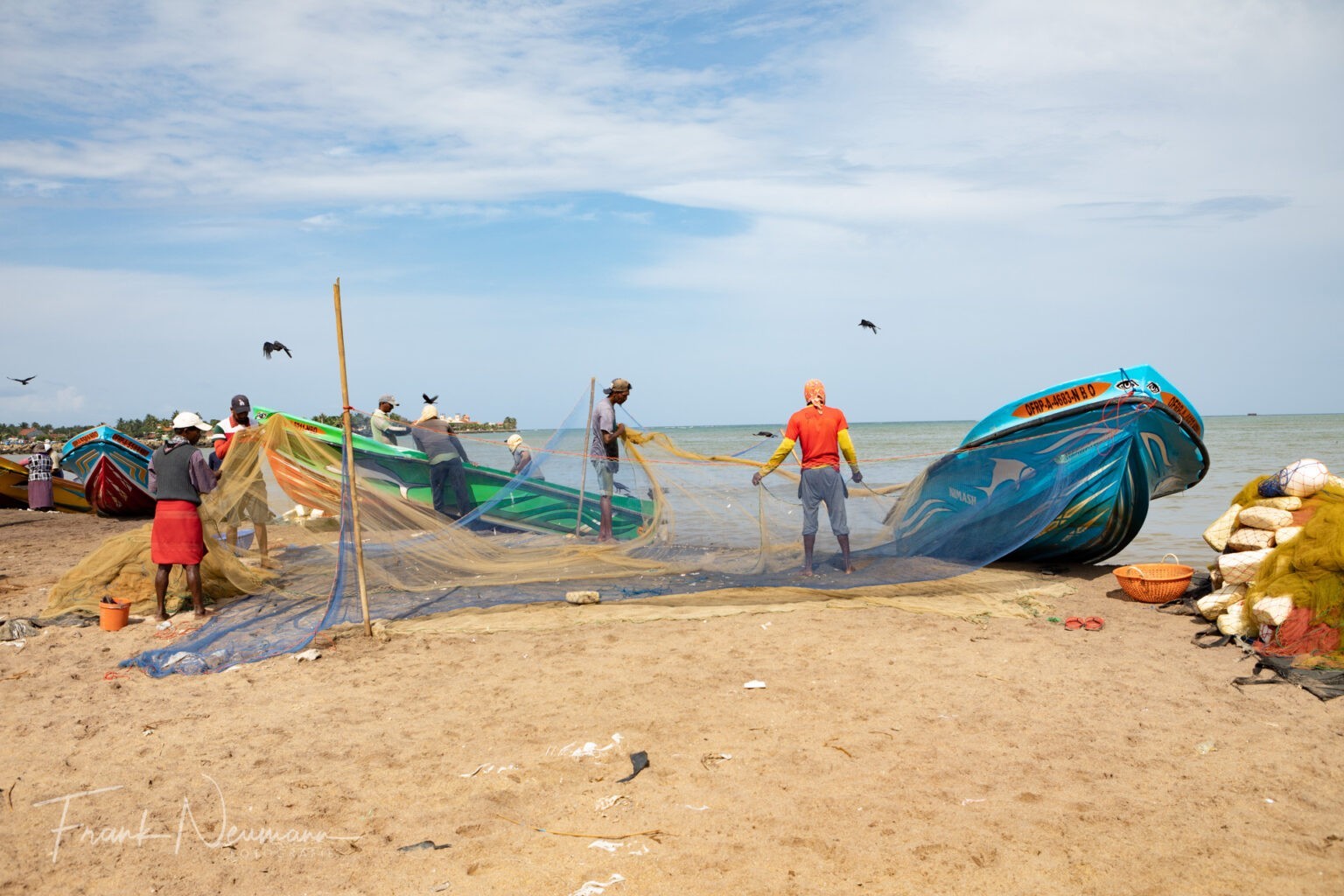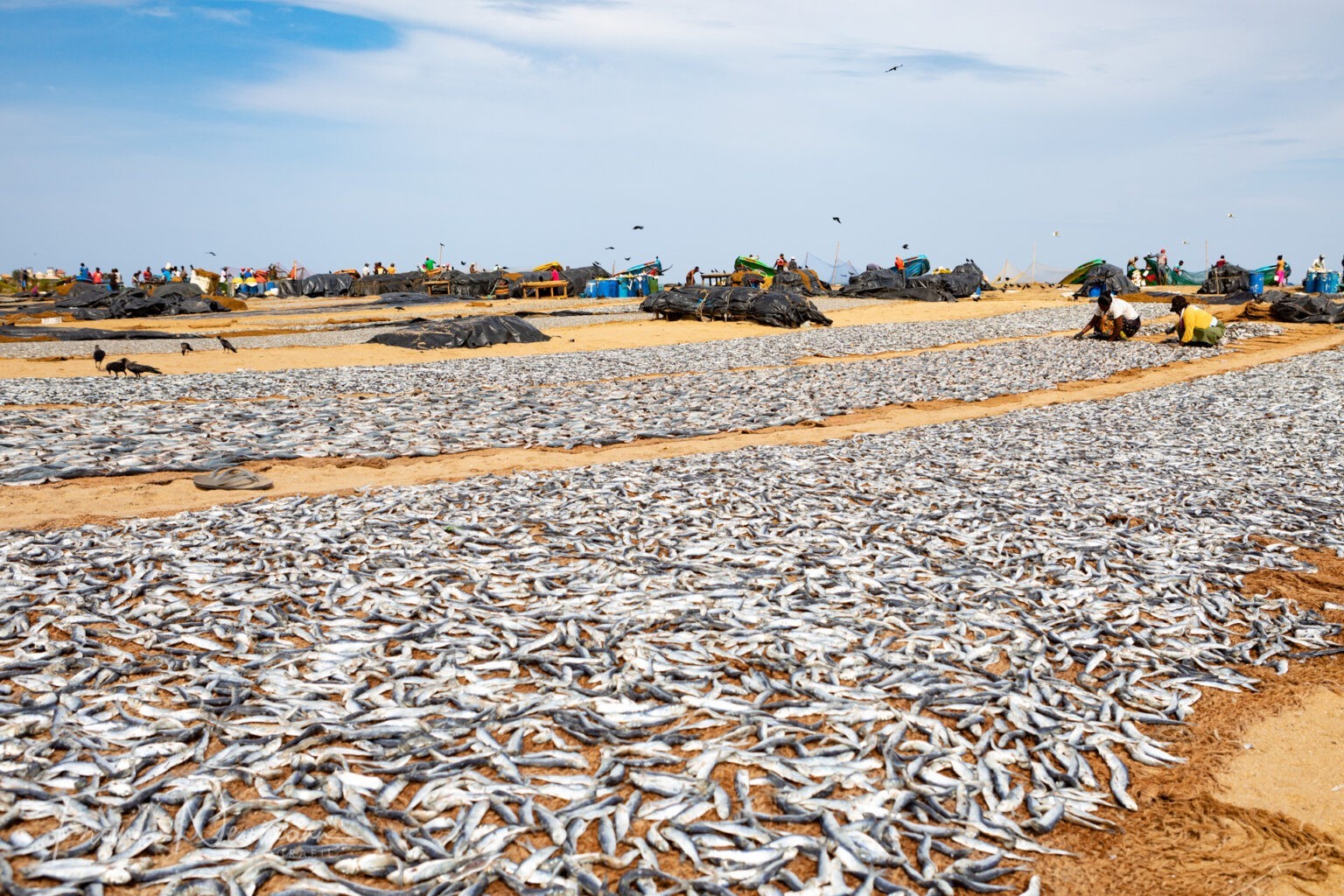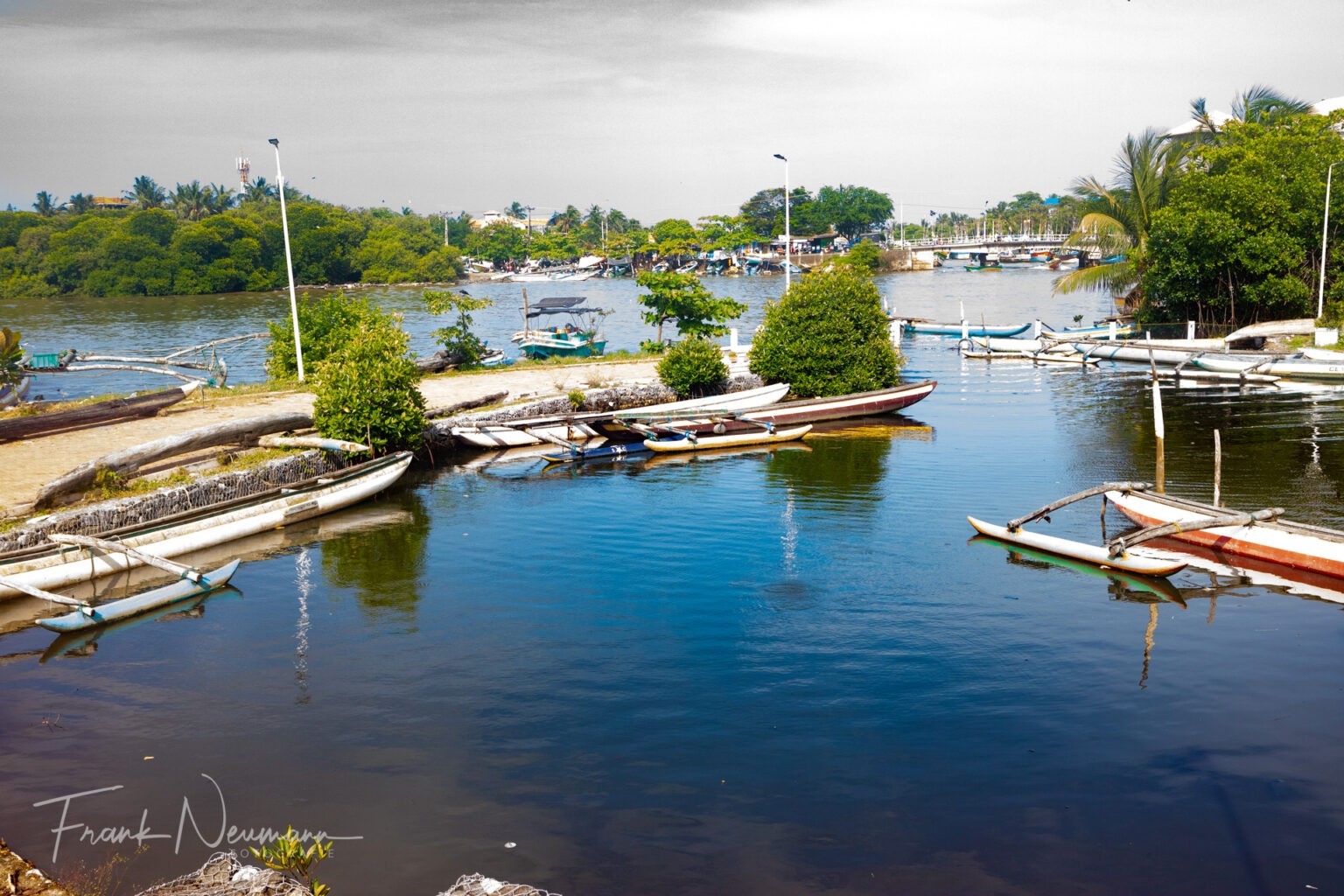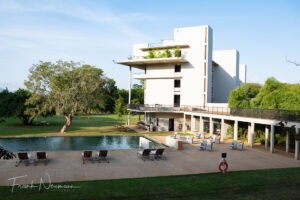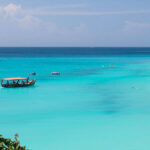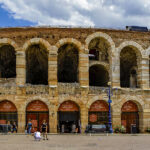General information about Sri Lanka
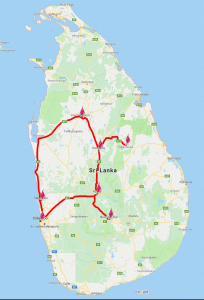 Sri Lanka, that means beautiful country and with it one runs in no way danger to exaggerate. This small island at the southeastern tip of India is a true natural paradise.
Sri Lanka, that means beautiful country and with it one runs in no way danger to exaggerate. This small island at the southeastern tip of India is a true natural paradise.
I spent ten wonderful and exciting days in September, in the form of a round trip on Sri Lanka. What things you need to consider in advance of a trip to Sri Lanka, I have in this post already mentioned. I would like to add that you are better equipped with a power adapter type G (England). Because in many hotels the typical British sockets are still used.
Just for the ladies interesting, because in the bathrooms (hairdryer, etc.) this connection is only used. Further I recommend you equal on the airport a data card of the Company Dialog to buy.
You will find the stand directly at the exit of the airport. I had bought a data card with 9GB volume and 30 days runtime. Cost 10 euros.
Our travel guide in Sri Lanka
Siri ( his real name: Dharmasiri Janananda) has been a tour guide in Sri Lanka for 32 years and speaks perfect German, English and Japanese.
He has never left Sri Lanka in his life. He learned German at the Goethe Institute.
He also organizes individual round trips (backpacker), takes care of hotels, vehicles and tickets.
We have made with Siri exclusively very good experiences and can recommend him without restrictions. If you travel with him through the beautiful country, you will be amazed who and whom he knows everything and that can sometimes be very advantageous.
Colombo
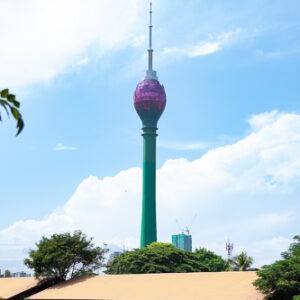 Our round trip started, as probably almost every, in the port city of Colombo, the largest metropolis of the island with about 750,000 inhabitants. The airport (Bandaranaike International Airport) is located about 35 km north of the city center. We had an individual round trip with SUV and own German-speaking guide.
Our round trip started, as probably almost every, in the port city of Colombo, the largest metropolis of the island with about 750,000 inhabitants. The airport (Bandaranaike International Airport) is located about 35 km north of the city center. We had an individual round trip with SUV and own German-speaking guide.
This received us also already directly at the airport. From there we went in a 45 minute drive directly to the “Galle Face” Hotel, in which we spent the first night. This hotel is one of the oldest hotels east of the Suez Canal, having opened in 1864.
It is the epitome of British colonial style, both in terms of service and amenities. Its location, right on the Indian Ocean and the Galle Face Green is probably the most beautiful which you can find in this city. The Galle Face Green is a 500 m long and about 60 m wide green strip, which was previously used as a horse racing track.
Today it is the largest open space in Colombo, framed by monstrous skyscrapers, built by Chinese corporations.
Colombo itself is a port city, in which not many colonial buildings remained really well preserved. The traffic is a single disaster. If you want to make some progress, you should do so in the morning hours or at night. The rest of the time there is congestion on the streets of this city.
Anuradhapura
 On the way from Colombo to Anuradhapura you pass Sri Lanka`s most important fishing port, Negombo. Here, a visit to the fish market is worthwhile.
On the way from Colombo to Anuradhapura you pass Sri Lanka`s most important fishing port, Negombo. Here, a visit to the fish market is worthwhile.
Naturally, one may not apply German hygiene standards here now and the smell that hits you from the air-dried fish also does not come from a Douglas branch. But it is simply part of the experience of the country and its people. Tons of small fish are laid out here on tarpaulins and dried to use them later in the fish curry.
Anuradhapura was the first capital of Sri Lanka and was founded around 400 BC. In 100 AD, Anuradhapura was one of the 10 largest cities in the world with a population of about 130,000. Today it is the capital of the North Central Province of Sri Lanka and has about 56,000 inhabitants. Anuradhapura is home to one of Sri Lanka’s oldest Buddhist temples, Isurumuniya Rajamaha Viharaya. The actual first temple was built here as early as 307 B.C. Just as famous as the temple itself are the stone reliefs.Especially worth mentioning and well known here, the “Lovers”.
The most important pilgrimage site of Anuradhapura is the Sri Mahabodhi. The Bodhi tree is a poplar fig. According to tradition, this tree grew from a branch of the tree under which Siddhartha Gautama Buddha attained his enlightenment.
Further there are in the city and he surroundings still very many Dagobas (Stupas). Which are considered sacred sites of the Buddhists. After visiting various Dagobas, as well as the Bodhi tree, we were quite finished. The whole thing happened barefoot and in very hot temperatures and high humidity. At the end of the day we drove to our hotel in Dambulla.
Dambulla
 Dambulla is located almost in the center of Sri Lanka. It is famous for its 80 cave temples as well as the golden temple. In addition, there are over 150 Buddha statues here.
Dambulla is located almost in the center of Sri Lanka. It is famous for its 80 cave temples as well as the golden temple. In addition, there are over 150 Buddha statues here.
We were accommodated in the fantastic Jetwing Lake Hotel. The hotel is beautifully located on a lake and for the first time you get a feeling for how green this island is.
On the horizon you can already see the first hills of the highlands, which we will also travel later. On our first day in Dambulla, we drove to Polonnaruwa and visited the old temples and the large reclining Buddha. Afterwards we “treated” ourselves to a traditional ride in an ox cart and a boat ride on a lake. So we could marvel at the thousands of lotus flowers from close up.
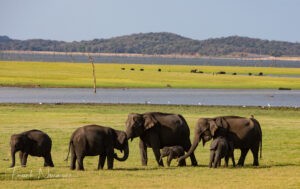 In the afternoon we went to the Kaudulla National Park.
In the afternoon we went to the Kaudulla National Park.
Here you can observe Asian elephants and water buffalos. In the reserve there are also many kinds of exotic birds, in addition, with a little luck you can admire leopards, axi deer, sloth bears, deer, rusty cats and fish cats. Free, wild elephants are unfortunately very rare in Sri Lanka. We had 2 times the luck to see wild elephants.

